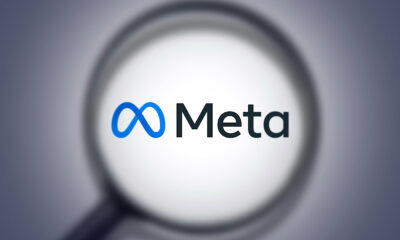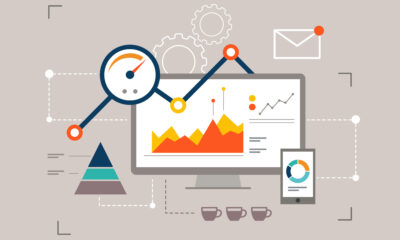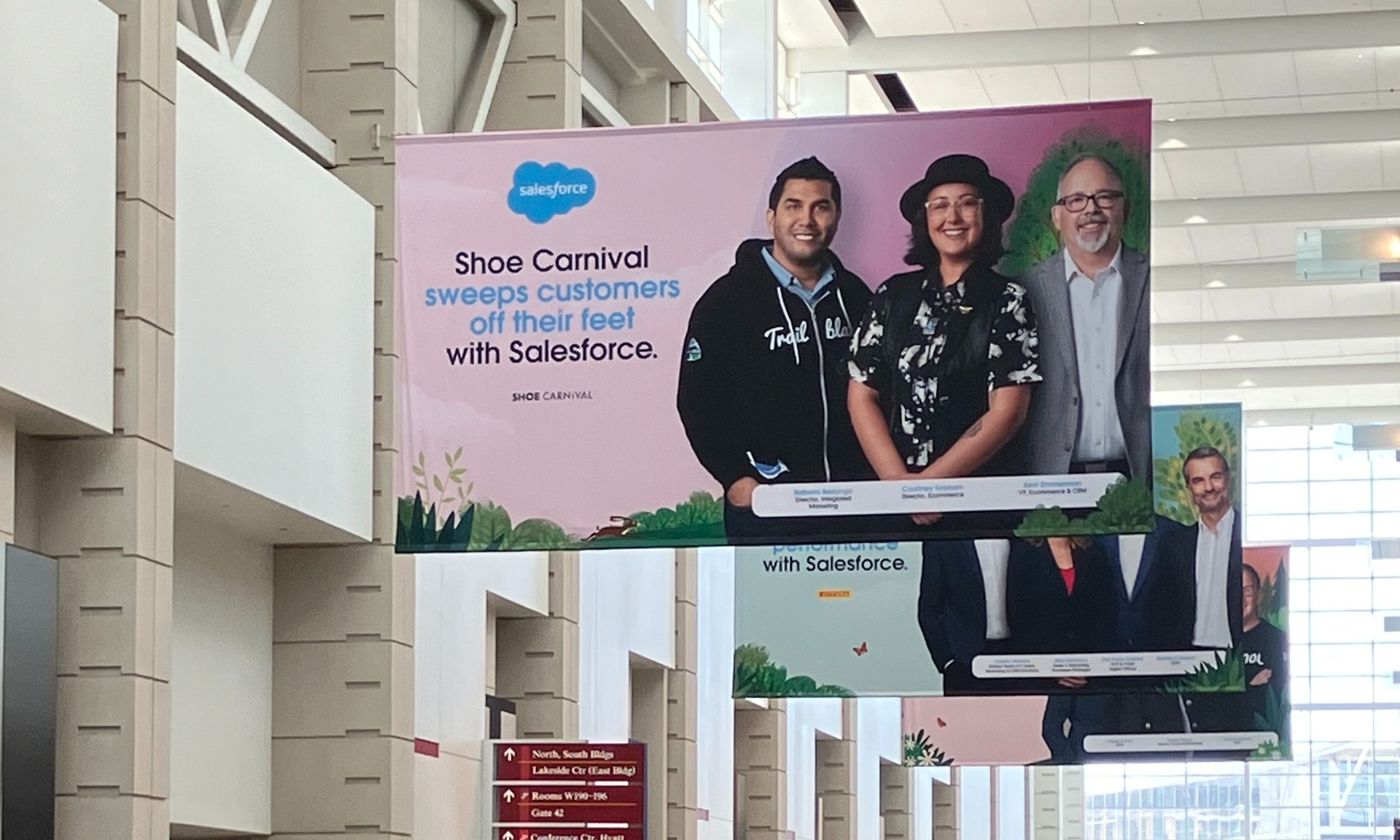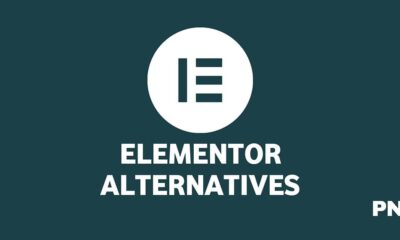“You have two assets without which you cannot have a business – customers and employees,” said Natalie Petouhoff. “Yet they’re not on the balance sheet and we don’t design experiences to maximize their potential.”
Dr. Petouhoff works on customer experience business and value consulting, as well as sales enablement, with the executive team at Genesys, a cloud CX platform. Her new book, co-written with Genesys CEO and Chairman Tony Bates, argues that empathy is key to solving CX and EX (employee experience) challenges.
Empathy in Action, available next month from IdeaPress, is not a quick-read-and-discard effort. It’s a substantial volume which bolsters cheerleading for empathetic marketing with detailed advice on how to push a business up the maturity curve, from transactional marketing, through interaction and engagement, to empathy. The book shows how to remove “blind spots,” how to increase customer and employee lifetime value, and how to focus on empathy-based business value — increasing financial success by focusing on the customer and employee; putting them, indeed, on the balance sheet.

A history of efficiency
It almost goes without saying that the history of business is not a history of empathy but a history of efficiency. “What businesses have done – and this historical footprint goes back to the first industrial revolution – is focus on efficiency, to the cost of the employee and the customer,” said Petouhoff. “Henry Ford made one model, right? There was no choice or personalization. We’ve kind of carried that forward, this historical footprint of efficiency and effectiveness at all costs.”
While everyone is talking about CX (and increasingly about EX too), the promise hasn’t yet delivered. “Part of the reason it hasn’t delivered is the perspective from which we create those experiences. We’re all customers and employees and we’ve all had those experiences that make us stop and say, ‘What on earth are they thinking? This is horrible.’ The point of the book is to say, stop doing that – it doesn’t make any sense.” Employees are voting with their feet right now. Customers, Petouhoff observes, “are voting with their mouse.”
“Most of us have taken a very business-centric point of view about how to create an experience, whether it’s for the customer or the employee,” Petouhoff said. Businesses continue to focus on offering products and services, often commoditized, rather than great experiences. There are exceptions, of course: “You look at businesses like Airbnb, Netflix or Tesla – they’ve created the experience economy. We all expect great experiences and yet it’s so interesting how difficult it is for companies to get out of their own way.”
The true meaning of empathy
In order to understand the concept of empathetic experiences, it’s first necessary to understand empathy. Don’t confuse it with sympathy. Sympathy is about feeling sorry for someone else’s misfortune. Empathy is about stepping into their shoes. You can be sympathetic without being empathetic (“I’m sorry for what you’re going through — I can’t imagine what it’s like”).
In other words, empathy doesn’t reduce to caring and compassion. “The word ’empathy’ to us means taking a look at something from another person’s point of view,” said Petouhoff — and the book underlines this: “It is the conscious decision to focus on the needs of another person from their point of view, not yours. For a business it means that all of its people, processes, strategies, leadership and technologies are aligned around its customers’ and employees’ point of view — not the company’s” (page 301).
And yes, getting to that point requires some serious transformation.
Getting into the empathy business
One bitter pill brands need to swallow involves shifting their focus from cutting costs to increasing revenue. Both are routes to growing profits, but the former often comes with customer attrition — and, more now than ever before, employee attrition. Other blind spots include prioritizing investors over customers, failing to invest in the technology that can deliver personalized experiences at scale, failure to leverage data effectively, static business plans and equally static management style.
A useful model to start thinking about what needs to change is Petouhoff and Bates’s “Force-Multiplier Flywheel.” Somewhat reminiscent of HubSpot’s flywheel model, proposed as an alternative to the traditional funnel, this version incorporates detailed advice on how to drive empathy. The four segments of the ever-spinning wheel are labeled Listen, Understand and Predict, Act and Learn. The inputs to Listen are a set of empathy-based business values — empathy-based corporate value, empathy-based culture, empathy-based leadership and empathy-based technology — and the output from the flywheel should be ongoing empathy-based disruption.
There’s a further model which, in turn, supports the way a brand can refine and develop the flywheel. This one is called the OODA Loop and it’s based on a strategy developed for training fighter pilots. OODA — observe, orient, decide and act. Most of those categories should be self-explanatory, but “orient” in this context refers to benchmarking your current customer and employee experiences against those of your competitors.
One increasingly obvious component of empathetic customer experiences is a sense of community, something B2C brands can build, of course, through social media channels, but also something of growing importance in a B2B space that is more and more about long-term customer relationships and helping to solve customers’ problems. “I’m working on a community here at Genesys called Beyond – it’s in its infancy right now,” said Petouhoff. “We have content for managers and agents, but my next act at Genesys is to build that online community with thought leadership and content, a place where people can come and learn.”
Read next: Why community could be the next big thing in marketing
The pandemic as context
Among the countless other things the pandemic has accelerated during the last two years is a sense that marketing needs to be empathetic, that it needs to speak — in an appropriate tone — to people’s needs and concerns; that it doesn’t exist just to push a lead down the funnel in the direction of a sale. In other words, transformational tops transactional, and even in the B2B space buyers are looking for relevant and empathetic engagement, not just a sales call.
Read next: What a long strange year in digital marketing
Bates and Petouhoff could not have foreseen this when they set out on their journey. “I was hired in October 2019, ” she said. “I met Tony and started talking to him about ‘I would really like to write a book that would change business forever.’” Bates asked her what that would look like. “Empathy — whether you’re in a relationship, whether you’re a friend, whether you’re a business — it creates trust and it creates loyalty. Now here comes 2020. Maybe we got lucky, I don’t know.”















![YouTube Ad Specs, Sizes, and Examples [2024 Update] YouTube Ad Specs, Sizes, and Examples](https://articles.entireweb.com/wp-content/uploads/2024/06/YouTube-Ad-Specs-Sizes-and-Examples.jpg)
















You must be logged in to post a comment Login